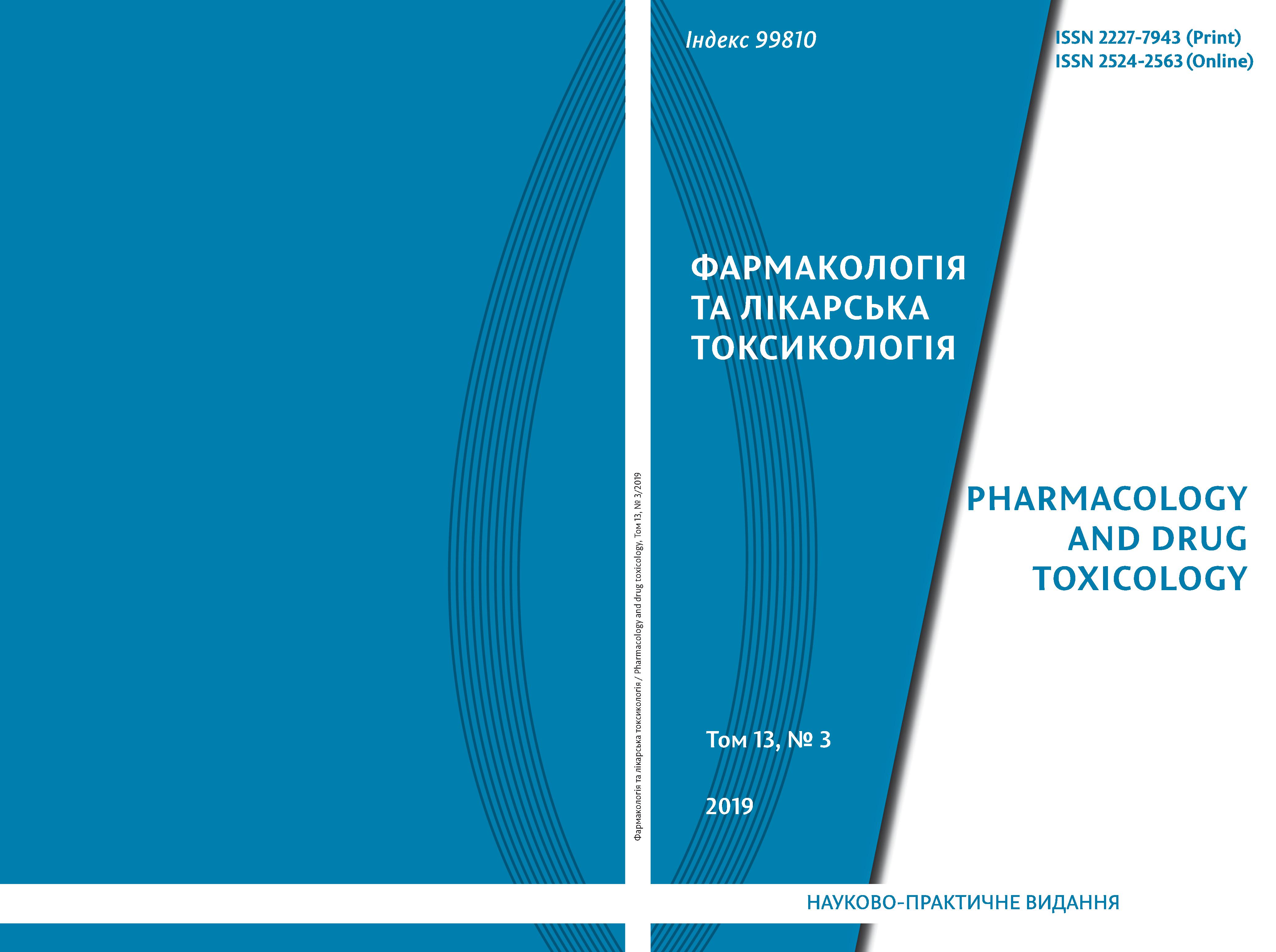Abstract
The aim of the research was to study the effect of S-adenosyl-L-metionin, pre/probiotics, and their combined use on mnestic processes and of NCAM level in the rat hippocampus under long term rifampicin and isoniazid administration. Studies were performed on 68 Wistar male rats weighing 180–220 g. An experimental model of toxic drug-induced liver injury (DILI) was reproduced by repeated intragastric administration of isoniazid and rifampicin at doses of 50 mg/kg and 86 mg/kg body weight respectively for 28 days. Animals were divided into five groups (n = 8 each). І – intact, ІІ – control (DILI). The rats of group III were intramuscularly injected with S-adenosyl-L-methionine at a dose of 35 mg/kg one hour before the administration of tuberculostatic drugs during the last 14 days of the experiment. The rats of group IV received a combination therapy of prebiotic Lactulose at a dose of 2680 mg/kg and a probiotic containing 4 billion active cells (CFU): Lactobacillus acidophilus, Lactobacillus rhamnosus, Streptococcus thermophilus subspru, Lactobacillus subspru. Bulgaricus at a dose of 1 CFU/kg. In group V triple combined pharmacotherapy was carried out by the drugs used in the III and IV groups in appropriate doses. Nootropic activity was evaluated in the test of the conditioned response of passive avoidance with administration of scopolamine. To assess the effect of scopolamine on the learning processes, the values of animal groups (intact, n = 10; DILI, n = 18), which previously did not receive this drug, were used. The quantitative content of NCAM was defined by an ELISA inhibitory method using monoclonal antibodies against NCAM (Аbcam, England) and, respectively, purified protein as a standard (Аbnovo, USA) in the cytosolic fraction of the hippocampus homogenate. The data obtained was processed by the method of variation statistics using the statistical analysis program StatPlus, AnalystSoft Inc., version 6 (http://www.analystsoft.com/ru/). The results of experimental studies suggest that S-adenosyl-L-methionine improved learning processes at scopolamine administration , which was proved by a significant increase of latent period by 3,14 times (P = 0,027) in comparison with the group of animals from DILI, and the number of animals with acquired skill was 62,5 % (P = 0,007). At the same time, an increase by 38,7 % (P = 0,004) of cytoplasmic NCAM forms in the hippocampus was observed, which probably had a compensatory character. It is significant that the correction of the intestinal microbiota state also had a positive effect on mnemonic functions in conditions of hepatitis with long term administration of tuberculostatics, however, the Lactulose/Yoghurt combination is inferior to S-adenosyl-L-methionine in its nootropic potential, despite the fact that the NCAM level in the hippocampus increased by 39,6 % (P = 0,004) compared with the group of animals from DILI. It should be noted that the combined use of prebiotic/probiotic along with S-adenosyl-L-methionine was not accompanied by an increase in nootropic activity. The data obtained is an experimental substantiation for the use of S-adenosyl-L-methionine, as well as pre / probiotics, as promising means of cognitive impairment correction under drug-induced hepatitis, and is also the base of further research as to the possibility of the combined use of these drugs under such pathology.
